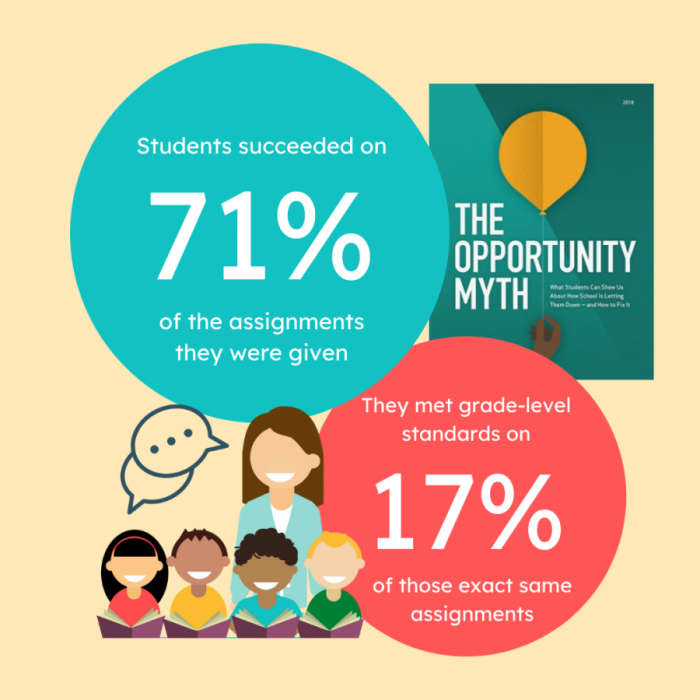That’s at the core of equity: understanding who your kids are and how to meet their needs. You are still focused on outcomes, but the path to get there may not be the same for each one. ~Pedro Noguera
The data is clear. Schools are succeeding for a few but not everyone. Performance outcomes such as grades, graduation rate, and SAT scores, show gaps for subgroups. These subgroups are neurodiverse and include students who are from various ethnic populations, English Language Learners, students living in poverty, and students with disabilities. Many districts are looking for ways to increase equity. One way that is working is increasing equity with engagement.
A Success Story
Remember the movie, Stand and Deliver? It is a story of a teacher named Jamie Escalante. Escalante was assigned to teach math to “unteachable” students in Garfield High School in East Los Angeles, California. He knew that in order for students to succeed he needed to raise expectations. Therefore, Mr. Escalante designed an advanced mathematics course in calculus.
As a result, his largest class of students all passed an advanced placement test in calculus. Escalante sparked his students’ curiosity and made calculus relevant to them. He changed the lives of his students. Many of his former students received degrees from Harvard and MIT in engineering.
In short, Jaime Escalante’s story is a wonderful example of equity. He believed that equity was about making sure that everyone receives what they need to be successful.
What can we learn from Jaime Escalante’s story that can apply to what is happening in today’s classrooms? Pedro Noguera, author of “Equity Through Excellence” stated that “ at the core of equity is understanding who your kids are and how to meet their needs. You are still focused on outcomes, but the path to get there may not be the same for each one.”
What is the meaning of Equity?
Educational equity means that all students are able to access educational resources and rigor in order to develop to their full academic and social potential regardless of race, gender, language, abilities, and socioeconomic status.
Pedro Noguera further explains that equity can be reached by focusing on engagement. He believes that engagement is fundamentally an equity issue. Many teachers do not teach students the way they learn instead, teachers expect students to learn the way they teach. The blame for poor performance is placed on the students, parents, or circumstances.
Equity with Engagement: Plan Grade Level Assignments
How many students were left behind under NCLB? Under NCLB, states were required to develop assessments for basic skills. With these assessments for basic skills, teachers narrowed their instructional focus. Many students continually received instruction in basic skills and had little access to grade-level content, which counterintuitively widened gaps, leaving many of them behind. According to The Opportunity Myth 2018, “most students—and especially students of color, those from low-income families, those with mild to moderate disabilities, and English language learners—spent the vast majority of their school days missing out on four crucial resources: grade-appropriate assignments, strong instruction, deep engagement, and teachers with high expectations. Students spent more than 500 hours per school year on assignments that weren’t appropriate for their grade and with instruction that didn’t ask enough of them.” When students receive grade-level assignments that they can access, engagement increases dramatically.

Equity with Engagement: Provide a Continuum of Support
In addition, learners deserve the supports they need to be college and career ready. One size does not fit all students. Multi-Tiered System of Supports (MTSS) is a framework that helps educators identify students’ academic, behavioral, and social-emotional strengths and challenges. Therefore, differentiated supports can be in place to give all students the opportunity to engage in school activities. MTSS grew out of the integration of two other intervention-based frameworks: Response to Intervention (RTI) and Positive Behavior Interventions and Supports (PBIS). Below is a Dot It sample to consider for providing a continuum of support.

The time is now to move our educational system out of the 20th-century industrial model into the 21st-century model which is about equity for all. School leaders, coaches, and teachers can increase equity with engagement. Engagement happens when students are given access to grade-level assignments along with differentiated supports.
DOT IT software and professional learning motivate and empower teachers, coaches, and administrators to implement the highest quality plans and the most effective practices with the best evidence of progress for smarter MTSS and Special Education. Contact us to learn more.





